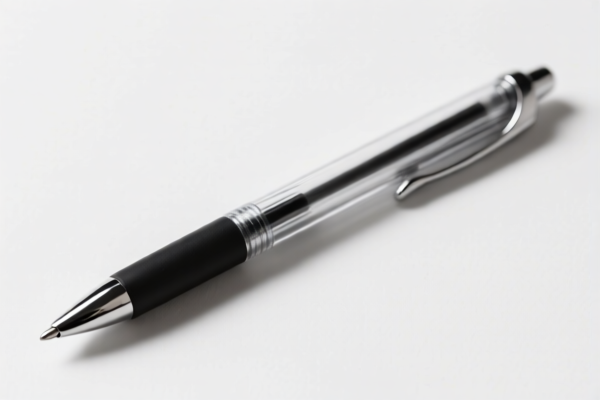| HS Code | Official Doc | Tariff Rate | Origin | Destination | Effective Date |
|---|---|---|---|---|---|
| 9608100000 | Doc | 0.8¢ each + 5.4%+37.5% | CN | US | 2025-05-12 |
| 9608200000 | Doc | 41.5% | CN | US | 2025-05-12 |
| 9608994000 | Doc | 37.5% | CN | US | 2025-05-12 |
| 9608996000 | Doc | 37.5% | CN | US | 2025-05-12 |
| 9608600000 | Doc | 0.4¢ each + 2.7%+37.5% | CN | US | 2025-05-12 |




Here is the structured classification and tariff information for ball pens based on the provided HS codes:
✅ HS CODE: 9608100000
Product Description: Ball pens, multi-color ball pens, touch ball pens, office ball pens, standard ball pens, art painting ball pens, fine tip ball pens, etc.
Total Tax: 0.8¢ each + 5.4% + 37.5%
Tariff Details:
- Base Tariff Rate: 5.4%
- Additional Tariff: 7.5%
- Special Tariff after April 11, 2025: 30.0%
- Per Unit Duty: 0.8¢ each
⚠️ Notes:
- This code applies to the complete ball pen (not just parts).
- Verify the product is a complete pen and not a component (e.g., pen body or pen core).
- Check if the unit price includes the per-unit duty (0.8¢).
✅ HS CODE: 9608200000
Product Description: Ball pen tips (pen points).
Total Tax: 41.5%
Tariff Details:
- Base Tariff Rate: 4.0%
- Additional Tariff: 7.5%
- Special Tariff after April 11, 2025: 30.0%
⚠️ Notes:
- This code applies only to the pen tip (not the full pen).
- Ensure the product is not a complete pen but just the tip.
- No per-unit duty applies here.
✅ HS CODE: 9608994000
Product Description: Ball pen bodies, pen grips, pen caps.
Total Tax: 37.5%
Tariff Details:
- Base Tariff Rate: 0.0%
- Additional Tariff: 7.5%
- Special Tariff after April 11, 2025: 30.0%
⚠️ Notes:
- This code applies to components of the pen (body, grip, cap).
- Ensure the product is not a complete pen.
- No per-unit duty applies here.
✅ HS CODE: 9608996000
Product Description: Ball pen refills, water-based ball pens.
Total Tax: 37.5%
Tariff Details:
- Base Tariff Rate: 0.0%
- Additional Tariff: 7.5%
- Special Tariff after April 11, 2025: 30.0%
⚠️ Notes:
- This code applies to pen refills or water-based pens.
- Ensure the product is not a complete pen.
- No per-unit duty applies here.
✅ HS CODE: 9608600000
Product Description: Ball pen refills.
Total Tax: 0.4¢ each + 2.7% + 37.5%
Tariff Details:
- Base Tariff Rate: 2.7%
- Additional Tariff: 7.5%
- Special Tariff after April 11, 2025: 30.0%
- Per Unit Duty: 0.4¢ each
⚠️ Notes:
- This code applies to pen refills only.
- Verify the product is not a complete pen.
- Check if the unit price includes the per-unit duty (0.4¢).
📌 Proactive Advice for Importers:
- Verify the product classification based on its function and components (e.g., complete pen vs. parts).
- Check the unit price and whether it includes per-unit duties (e.g., 0.8¢ or 0.4¢).
- Confirm the product material (e.g., plastic, metal) and certifications required (e.g., safety, environmental).
- Monitor the April 11, 2025 tariff change and adjust pricing or sourcing accordingly.
- Review anti-dumping duties if applicable (though not listed here, always confirm with local customs).
Let me know if you need help determining which HS code applies to your specific product.
Customer Reviews
No reviews yet.